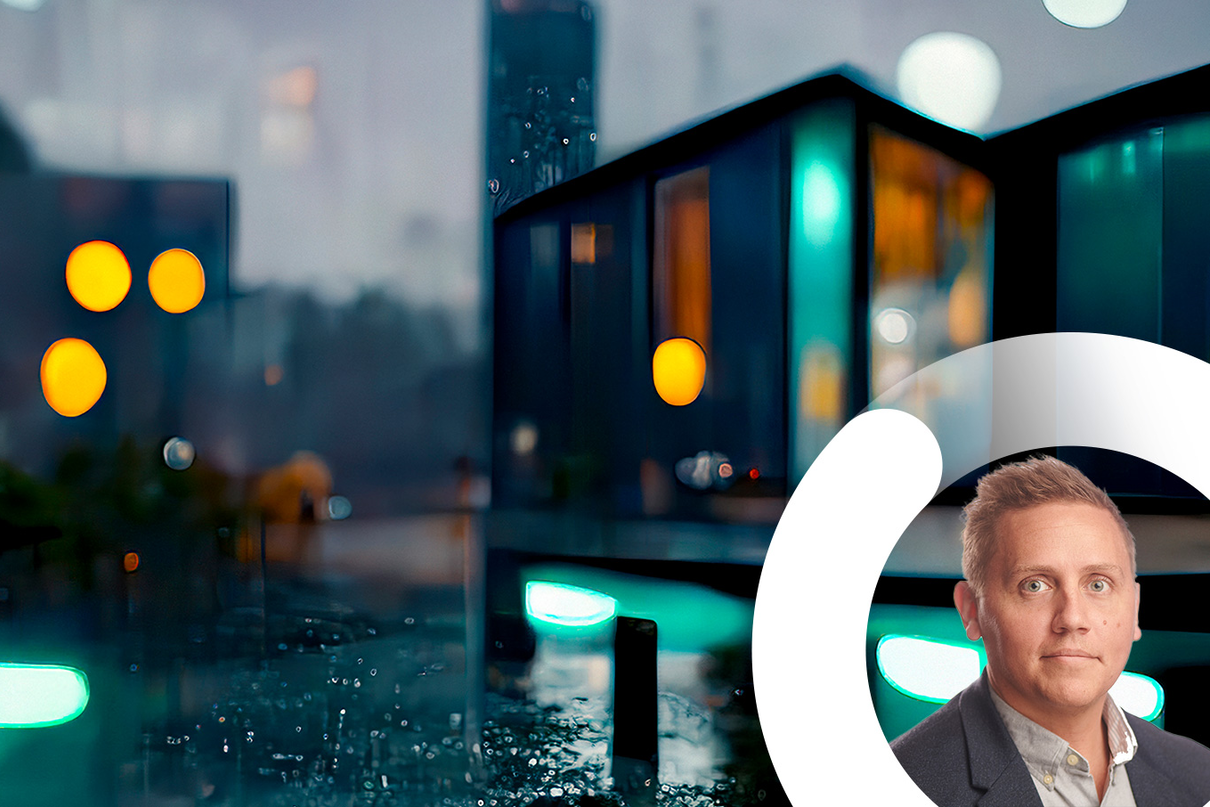
Craig Norman, Building Services Segment Manager at Aliaxis, considers the importance of Siphonic roof drainage systems in safeguarding against the impacts of extreme rainfall on buildings.
If the summer of 2023 is remembered for anything, it will be the extreme weather that ravaged much of Europe and North America. Footage from social media has shown the devastating effects of unprecedented rainfall, with clips of flooded metro systems in Athens and Madrid going viral in August. Closer to home, scientists using the Met Office’s operational weather forecast model have estimated that extreme rainfall events in the UK may become up to four times as frequent by the 2070s due to climate change.
Architects are therefore placing increased focus on rainwater management systems for the buildings they design; particularly those that have hundreds of square metres of roofing. Such sites are typically occupied by logistics or manufacturing facilities.
One of the surest ways of mitigating against the impact of extreme rainfall on a building is via Siphonic roof drainage. Siphonic roof drainage is an advanced method of collecting and managing rainwater from large roof surfaces in commercial, industrial, and public buildings. Unlike traditional gravity-based systems, which use a network of downpipes and gutters, siphonic drainage relies on the principles of fluid dynamics to draw water from the roof into a vertical pipe without the need for sloping or multiple outlets. The siphonic effect creates a vacuum of water with little or no air to create turbulence to slow down the flow of water, allowing the system to handle much larger quantities of water – holding water for a longer period of time than conventional gravity systems – for which when it gets to a certain full level and capacity, allows for the water to drain.
Siphonic systems have a larger flow capacity than a gravity-fed system and can therefore remove water significantly faster, whereas the traditional method pushes the water down through the pipes and can be overwhelmed by a heavy downpour resulting in ‘flooding’ or ‘pooling’ – particularly on a flat roof. This is because the flow of water in gravity pipes is extremely inefficient because of the large core of air that enables the water to flow - resulting in the need for larger pipes and more of them, as well as extensive underground systems. In contrast, siphonic systems prevent air from entering: the pipes are smaller than gravity-fed ones eliminating the air within them and, because of this, create a negative pressure which sucks water instead of air.
The result of the negative pressure created within a siphonic system means that water can be transported through a horizontal pipe for long distances without the need for a gradient. Therefore, there is no need for a series of vertical downpipes - just a single downpipe at one end that conveys the water to the underground drainage or sewer. However, it could also be diverted to a rainwater harvesting system, or a harvesting tank for flushing toilets, for example, or even to an attenuation tank to let water out slowly into the sewers.
From a technical standpoint, it is vital to accurately assess the size of the pipework and the number of outlets that will be needed. The earliest opportunity for any rainwater management provider to become involved in the specification process is when the consulting engineers have been invited to tender. They will be seeking answers to such questions as: how the siphonic system would work for a particular building? How many downpipes and outlets may be required? What size of pipework needs to be selected?
At Aliaxis, an in-house team of technical experts can provide the right solution utilising their knowledge and experience, alongside bespoke software packages including its own leading BIM modelling software to provide the required technical information. This means that when a client goes on-site, they will have a complete picture of the obstacles that they may face and the technical engineering documentation to support the efficiency of the solution but also to assist in the design of the building to make onward structural saving.
Aliaxis can provide support throughout the installation process and has the capability to update the design drawings almost ‘live,’ should any further issues be identified or changes as the project develops.
If the pattern of the past few years holds, as experts predict it will, short bursts of extreme rainfall are likely to become the ‘norm’. As such, architects today must be considering how to best future proof roofs and buildings – both new build and renovated – against the challenges of tomorrow. Siphonic roof drainage systems are a proven means of ensuring buildings aren’t overwhelmed by intense downpours.
Got a question?

Segment Manager Building Services
